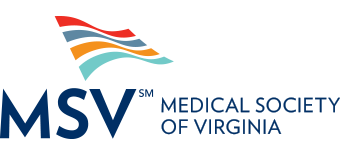COVID-19 and Monkeypox Updates for Virginia
Dear Colleague:
I am writing to provide you with brief updates on COVID-19 and monkeypox.
VDH Adopts CDC’s Revised COVID-19 Infection Prevention and Control Guidance
- On September 23, 2022, the Centers for Disease Control and Prevention (CDC) released updated COVID-19 infection prevention and control (IPC) recommendations for healthcare personnel (HCP). Corresponding guidance for isolation and work restriction of HCP and strategies for mitigating staff shortages was also updated.
- Healthcare facilities are encouraged to review the recommendations in detail and make updates to their policies and procedures as needed.
- Community Transmission is currently the metric used to guide select IPC measures in healthcare settings. Healthcare facilities should review the Community Transmission levels weekly to determine if modifications to current IPC measures are needed.
- When SARS-CoV-2 community transmission levels are high, source control (wearing a well-fitting facemask, cloth mask, or respirator) is recommended for everyone in a healthcare setting where patients could be encountered. If community transmission is not high, healthcare facilities may opt not to recommend universal source control.
- Source control is also recommended for people in healthcare settings who have suspected or confirmed SARS-CoV-2 infection or another respiratory infection, had close contact (patients and visitors) or a higher-risk exposure (HCP) with someone with COVID-19, for 10 days after exposure, or who reside or work in an area of the facility with a COVID-19 outbreak.
- Asymptomatic patients with close contact with someone with COVID-19 should have a series of three viral tests for SARS-CoV-2. Testing is recommended to be done promptly, but no earlier than 24 hours after the exposure. If the first test is negative, a second test should be done 48 hours later and, if negative, a third test should be done 48 hours later.
- Testing is not generally recommended for asymptomatic people who are recovering from COVID-19 in the previous 30 days.
- For those who have recovered in the prior 31–90 days, testing with a rapid antigen test, not a molecular test, can be considered.
- COVID-19 vaccination status is no longer used to inform source control, screening testing, or post-exposure recommendations.
- Performance of expanded screening testing of asymptomatic HCP with known COVID-19 exposures is at the discretion of the facility.
Monkeypox Updates
- On September 29, 2022, CDC issued a health advisory about severe monkeypox disease among immunocompromised people.
- CDC offers clinical consultation (email [email protected] or call the CDC Emergency Operations Center at 770-488-7100).
- On September 28, 2022, CDC revised its Interim Clinical Considerations for Use of JYNNEOS and ACAM2000 Vaccines during the 2022 U.S. Monkeypox Outbreak and other supporting vaccine websites and resources.
- On September 26, 2022, VDH expanded eligibility of monkeypox expanded post-exposure prophylaxis to include (1) Any person, of any sexual orientation or gender, who is living with HIV/AIDS; or (2) Any person, of any sexual orientation or gender, diagnosed with any sexually transmitted infection in the past three months.
- VDH developed five new video training modules for providers about monkeypox (overview, prevention/containment, testing, vaccination, treatment/patient management).
- VDH is expanding its network of providers who can order JYNNEOS vaccines. The intent is to position this vaccine with providers who treat populations at high risk for monkeypox. More information on how to attest to and order vaccines will be available on the VDH Monkeypox Healthcare Provider website this week.
- To request tecovirimat (TPOXX), providers should complete the TPOXX Provider Treatment Initiation Interest Form on the VDH Monkeypox Treatment Guidance website.
- Other therapeutics (cidofovir and vaccinia immunoglobulin) are only available after consultation with VDH and CDC.
Thank you for your continued partnership. Please visit the VDH website for current clinical and public health guidance on COVID-19, monkeypox, and other conditions.
Sincerely,
Colin M. Greene, MD, MPH
State Health Commissioner


